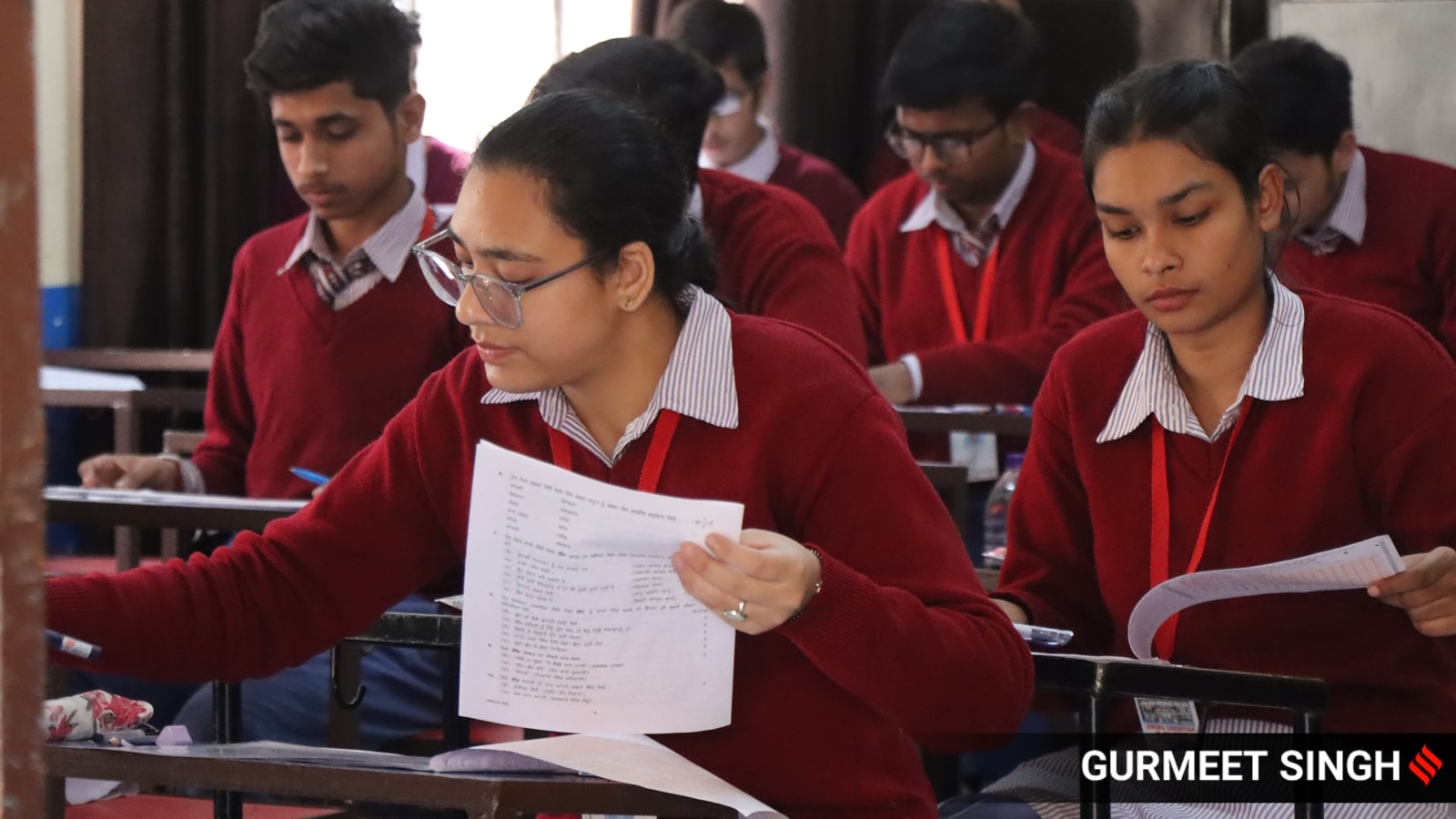The Annual Status of Education Report (ASER) 2024 offers a glimmer of hope about India’s education landscape. It suggests that the alarming learning losses inflicted by the Covid-19 pandemic are beginning to reverse, particularly in states implementing the NIPUN (National Initiative for Proficiency in Reading with Understanding and Numeracy) Bharat mission with rigour. However, the report also underscores a sobering reality: Delays in achieving universal foundational literacy and numeracy (FLN) risk leaving millions of children without the basic skills necessary to lead dignified lives. While states are making strides — through material distribution, structured pedagogy, and teacher training — four critical strategies remain underutilised. These steps, though politically challenging, could accelerate progress toward ensuring every child attains FLN by 2030.
Public awareness campaigns have proven transformative in sectors like health (for example, the Pulse Polio drive) and tourism. Yet, education — particularly FLN — lacks a comparable societal mobilisation. A sustained campaign could spotlight the urgency of foundational skills, clarify the roles of parents and communities, and destigmatise systemic shortcomings. For instance, framing questions like “Can every 8-year-old in your neighbourhood read a simple paragraph?” could ignite grassroots accountability.
Story continues below this ad
Economically, the rationale is clear: Studies show that investments in FLN yield returns five to six times higher than later remedial programs like vocational training. However, governments often avoid such campaigns, fearing they expose systemic failures. This mindset must shift. Transparent communication about learning gaps, coupled with actionable guidance for parents (for instance, encouraging children to read signboards or newspaper headlines, practising counting), can turn households into allies.
2. Forge transparent, large-scale partnerships with the private sector
Despite the private sector’s potential, collaborations remain ad hoc and mistrustful. For example, most states dismiss ASER findings and seem to trust only government-led assessments like the National Achievement Survey (NAS) by the National Council of Educational Research and Training (NCERT), or state government studies despite serious concerns over quality and methodological rigour in said studies. This reluctance limits opportunities for innovation.
Effective partnerships could involve education technology firms developing AI tools to assess oral reading fluency in regional languages, grassroot NGOs with expertise scaling remedial programmes, CSR initiatives funding classroom resources or teacher training and even individuals volunteering in a structured way as per an outline shared statewide.
Story continues below this ad
Government officials often argue that the private sector has many “shady players” but that should be seen as a challenge that can be overcome with appropriate due diligence. The goal is to position FLN as a national mission where all stakeholders — government, NGOs, corporations, and citizens — contribute.
3. Leverage assessments as tools for progress, not judgement
Assessments are often viewed as punitive rather than diagnostic. States must reframe them as tools to “shine a spotlight” on gaps and guide interventions. For instance, ASER’s simple, household-based tests reveal stark disparities: In 2024, only 45 per cent of Grade V students in rural India could read a Grade II-level text. Regular, transparent reporting of such data — paired with contextual analysis — can help teachers tailor instructions and policymakers allocate resources.
Emerging technologies can revolutionise assessments. AI-powered tools now measure oral reading fluency, providing real-time feedback to students. Edtech solutions that have been rigorously tested and assessed gamify and improve learning in mathematics and language and illustrate this potential. However, these innovations require government buy-in. By committing to systematic, tech-enabled assessments, states can transform raw data into actionable insights.
4. Acknowledge and address gaps openly
Many states treat low learning outcomes as political liabilities, suppressing unfavourable data. For instance, India’s withdrawal from the Programme for International Student Assessment (PISA) after poor rankings in 2009 reflects this defensiveness. Yet, communities are already aware of systemic shortcomings — evident in rising private school enrolments, despite the costs.
most read
The Swachh Bharat campaign’s success hinged on acknowledging India’s sanitation crisis; similarly, FLN progress demands candour. States like Punjab, which publicly released the dismal NAS 2021 results and launched targeted reforms, show that transparency drives improvement. Celebrating incremental gains — while openly addressing setbacks — can build public trust and sustain momentum.
Conclusion: Time to act with urgency
The NIPUN Bharat initiative, teacher training programmes, and curricular reforms are commendable first steps. However, the scale of India’s learning crisis demands bolder action. A nationwide FLN campaign, robust private partnerships, data-driven assessments, and unflinching transparency could bridge the gap between intent and impact.
With 2030 — the deadline for the United Nations’ Sustainable Development Goals — approaching, India cannot afford incrementalism. As ASER 2024 reminds us, every year of delay represents a generation denied the right to foundational skills. The path forward is clear; it is time for states to walk it with courage.
The writer is co-founder of the Bengaluru-based Educational Initiatives


